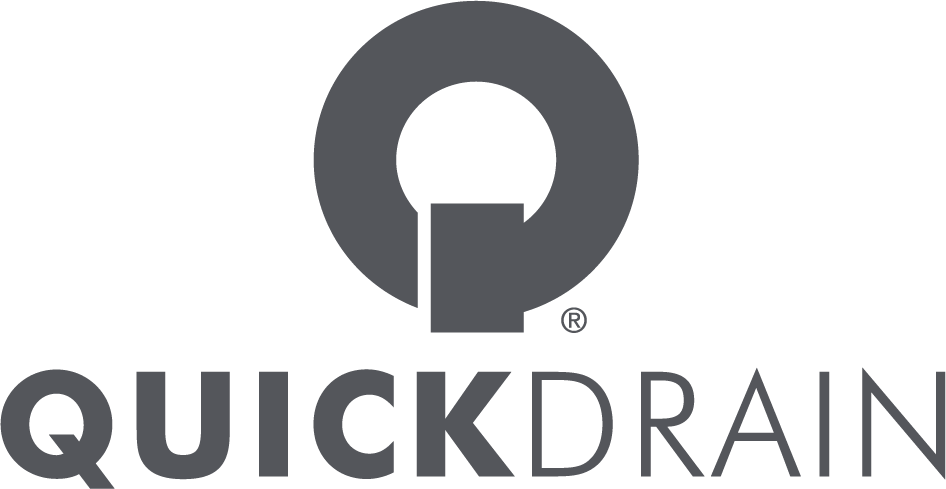Five Meaningful Ways to Create an Eco-Friendly Bathroom
March 7, 2022
Remodeling or adding a bathroom to your home is one of the most enjoyable and valuable improvements you can make. But why not take it a step further by embracing sustainable building products and best practices?
Going green doesn’t just mean a guilt-free experience, but it can make your bathroom healthier, lower your monthly bills and boost your home’s value. It also offers the opportunity to earn LEED — Leadership in Energy and Environmental Design— points from the U.S. Green Building Council (USGBC), an organization dedicated to a greener, more sustainable future.
LEED-certified green homes use less energy and fewer resources and are healthier for you and your family. USGBC provides homeowners and residential and commercial builders the opportunity to gain LEED points through their various programs. Check out their Green Home Guide for more information.
Given these benefits of going green, let’s dive into six meaningful ways to create an eco-friendly bathroom.
1. Use a water-saving faucet aerator.
A faucet aerator is a screen at the end of a faucet that reduces the amount of water coming out and creates a consistent flow. Some aerators have lower flow rates.
According to The Environmental Protection Agency (EPA), replacing older aerators with new ones offering lower flow rates is one of the best ways to conserve water. New and more efficient, WaterSense-labeled faucets and aerators can save the average family 700 gallons of water per year — equal to the amount of water consumed by 45 showers.

2. Use sustainable materials for new construction and remodeling.
Using sustainable materials for your new build or next renovation is an especially meaningful way to go green. Did you know that residential and commercial buildings are responsible for almost 40 percent of U.S. carbon dioxide emissions?
Some examples of sustainable building materials include bamboo flooring, reclaimed wood, porcelain, and PET (polyethylene terephthalate). These are materials that can last a long time.
Our QuickDrain complete shower solution is an eco-friendly option. More than 19 million plastic bottles have been repurposed into thousands of pre-sloped and tile-ready shower pan systems since 2015. Made of extruded rigid PET plastic foam, the lightweight and shatterproof shower pans and panels are constructed from 100% post-consumer plastic water bottles.
The QuickDrain PET shower pan system affordably accommodates finished shower dimensions between 32 inches to 72 inches with an interlocking design that can be quickly and easily modified directly on-site into any size or shape. An advantage for architects and specifiers is that these recycled components may make an installation eligible for LEED certification points.

3. Install a water-saving showerhead
Showering accounts for nearly 17 percent of residential indoor water use: For the average family, that savings adds up to almost 40 gallons per day (EPA, 2021).
Installing a water-saving showerhead and low-flow plumbing fixtures is a great way to save water. The EPA states that standard showerheads use 2.5 gallons of water per minute (gpm) while water-saving showerheads that earn the WaterSense label use no more than 2.0 gpm. In California, the standard is stricter yet, at 1.8 gpm.
4. Install a high-efficiency water heater
An eco-friendly water heater will reduce your home’s emissions, enhance energy efficiency and reduce your gas or electricity bill. Energy-efficient, tankless water heaters, also known as on-demand water heaters, use less energy than standard water heaters. That is mainly because high-efficiency water heaters heat water only on demand, while conventional models operate day and night to keep water hot.
Another possible, eco-friendly aspect of high-efficiency water heaters is less water waste. Recirculating-type tankless water heaters deliver hot water with virtually no wait time, reducing the amount of unused cold water going down the drain.
Another advantage is that some high-efficiency heaters qualify you for a tax rebate. Water heaters are one category covered in federal tax incentives for energy efficiency. ENERGY STAR certified electric water heaters meet the requirements for this tax credit.
5. Install a low-flow or dual-flush toilet.
A low-flush-volume toilet uses significantly less water than conventional models. According to the EPA, the current federal standard is 1.6 gallons per flush (gpf). However, recent advancements have allowed toilets to use only 1.28 gallons per flush or less while still providing equal or superior performance.
A dual-flush toilet uses two buttons or a handle mechanism to flush different amounts of water. A lesser amount of water is designed to flush liquid waste; a larger quantity, solid waste. By conserving water, a dual flush system will lower your water bills.
Environmental responsibility can go beyond simply recycling your trash or using a reusable cup. Consider taking other impactful steps, like making sustainable updates to your bathroom, and reap the economic and health benefits of going green.


